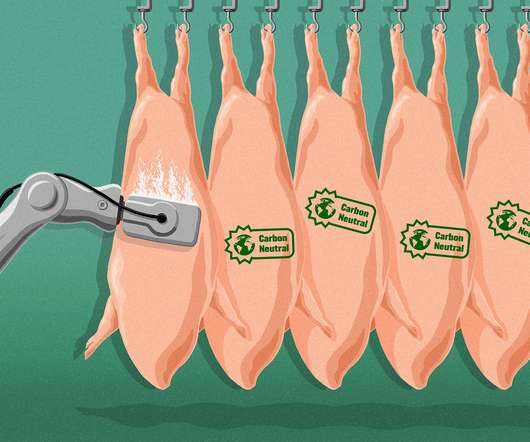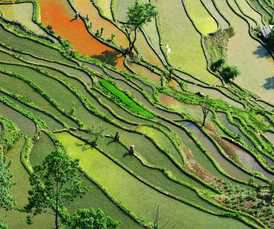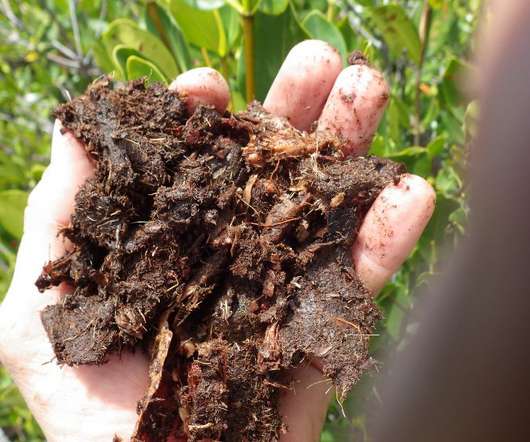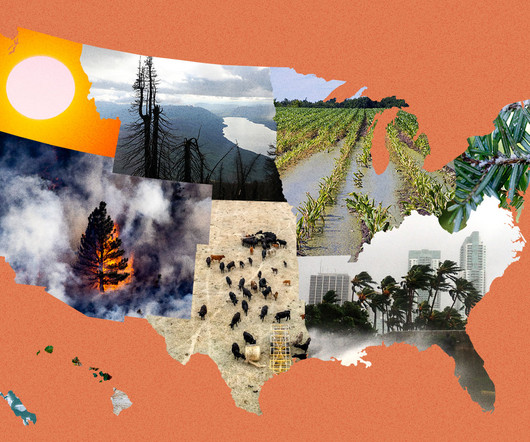Meat Industry Climate Claims – Criticisms and Concerns
DeSmogBlog
JULY 18, 2021
Producers claim their animal feed comes from responsible sources and their livestock use land unsuitable for other uses, all the while supporting biodiversity and capturing carbon from the atmosphere through holistic or other types of “regenerative” grazing.















Let's personalize your content